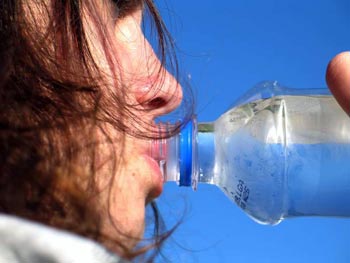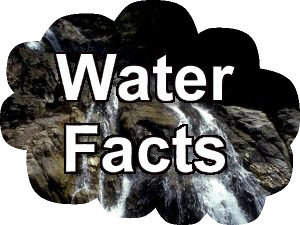Every $1 invested in improved water supply and sanitation yields gains, on average, of $4-$12, depending on the type of intervention.
Almost one-tenth of the global disease burden could be prevented by improving water supply, sanitation, hygiene and management of water resources. Such improvements reduce child mortality and improve health and nutritional status in a sustainable way. Read more









